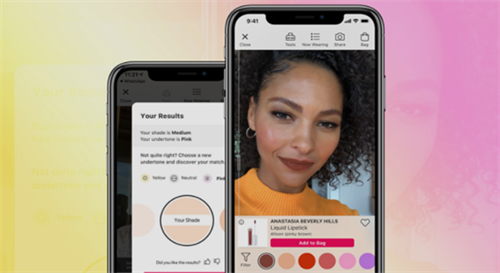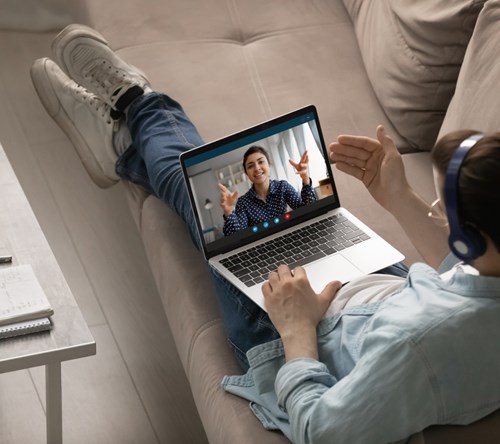Welcome to “Restructuring the Retail Experience,” Teleperformance’s latest three-part series of articles that explores the many trends and changes the retail industry in the United States has been implementing, as the world slowly adapts to a post-COVID-19 environment.
As head of the Customer Experience Lab, I am naturally curious about consumer behavior and how that links with our behavior research across various sectors. One way to improve our understanding is to put ourselves in shoes of consumers interacting with companies and then explore the big picture regarding upcoming trends. With this objective, let’s continue our journey exploring latest observations regarding changes currently seen in the retail industry in the United States.
Last time, I was able to touch on a few key changes that I’ve been witnessing in physical stores; today, we venture out into the fascinating world of the digital space. In this edition, we’ll be able to take a glimpse at how the marriage of traditional physical stores to digital technology is making waves in the retail industry to ensure the safety of workers, consumers, and employees in a post-COVID-19 environment, while adapting their business mindset during such challenging times. Ready to see how the retail of today is slowly being restructured by the wonders of technology? Let’s start.
- Self-checkout: The concept of “self-checkout” isn’t really new, however, it’s still worth noting how self-service continues to gain a significant momentum as of late. Technavio, a market research firm, forecasted that self-checkout terminals are poised to grow by USD 2.54 billion during 2020 to 2024, so we’ll probably see more of these self-checkout kiosks popping out to make our lives a little bit easier. Imagine the convenience of contactless paying (introverts, rejoice!), finding things easily in their favorite store through a dedicated brand app, and practicing social distancing to protect yourself and others, all because the store has that powerful self-service option.
- Contactless payments: The United States is slowly, but surely, embracing the idea of digital wallets and digital payments--today, merchants and consumers are including tap-to-pay in point-of-sales and everyday routine. Needless to say, the rise of digital payments has made it possible for retail stores to conduct transactions safely and securely. I wrote about the rise of digital wallets on a different blog (which you can check out here).
- The ubiquitous QR code: Some time ago, I went to a restaurant and saw how everything in it relied on QR. While my kids commented at how great the idea is--less waste because of paperless menus, the restaurant adhering to social distancing guidelines and all--sometimes, technology becomes a bit tricky. And by tricky, I mean our device’s battery died and this resulted in a brief scrambling to find a portable charger. My simple advice can go a long way, and that is: having good digital access on mobile phones becomes a game changer, and perhaps it’s best for you to have a charger handy at all times! Who knows when you’ll next walk into a physical store ruled by the ubiquitous QR.
- Videos, online reviews, and Augmented Reality (AR) refreshing the retail experience landscape: In my case, a large chunk of my buying process depends on browsing reviews and watching videos on websites before making a purchase. Nowadays, if you can’t see the physical product you need, there is nothing better than other options to make it become real. Businesses selling home goods, shoes, vehicles, furniture, and makeup are slowly acknowledging the benefit of including AR in their sales strategies. A firm example can be found in the world of beauty, where AR is no longer an add-on--it has become a tool to entice customers to try on makeup without having to leave their homes.

Beauty at the tip of your fingertips, quite literally and figuratively: The beauty industry has fully embraced the power of AR to keep sales running (Credit: AdWeek) - Showroom and inventory trends: I observed that many stores keep some of their items and models on display, and when the inventory hits a low count, you need to have it ordered online. This makes a whole lot of sense, as stores end up becoming more of a showroom anyway.
- Robot Retail: The coronavirus truly sparked a renewed interest in the usage of robots and drones to deliver goods and products. According to Progressive Grocer, the Broad Branch company in Washington DC company is an example , has turned to robots to make grocery deliveries to customers in the area.

Behold, here come the robots: Broad Branch in Washington, D.C. has used robots to deliver goods to their customers (Credit: Progressive Grocer)
See you next time as I close the Restructuring the Retail Experience series with my closing thoughts and observations!
Learn more about our ecommerce customer service now!



